How to Remove Mattress Stains (Especially if You Have Kids)
Mattresses are alarmingly expensive and no one wants to see a big ugly stain every time they go to change their sheets. However, life with kids, pets, or elderly parents can be messy. A few years ago a mom shared her advice on how to remove mattress stains. Meanwhile, professionals have shared how to do so, targeting specific stains. These hacks aren’t only for parents. They’re also useful for adult children whose parents are immobile or elderly.
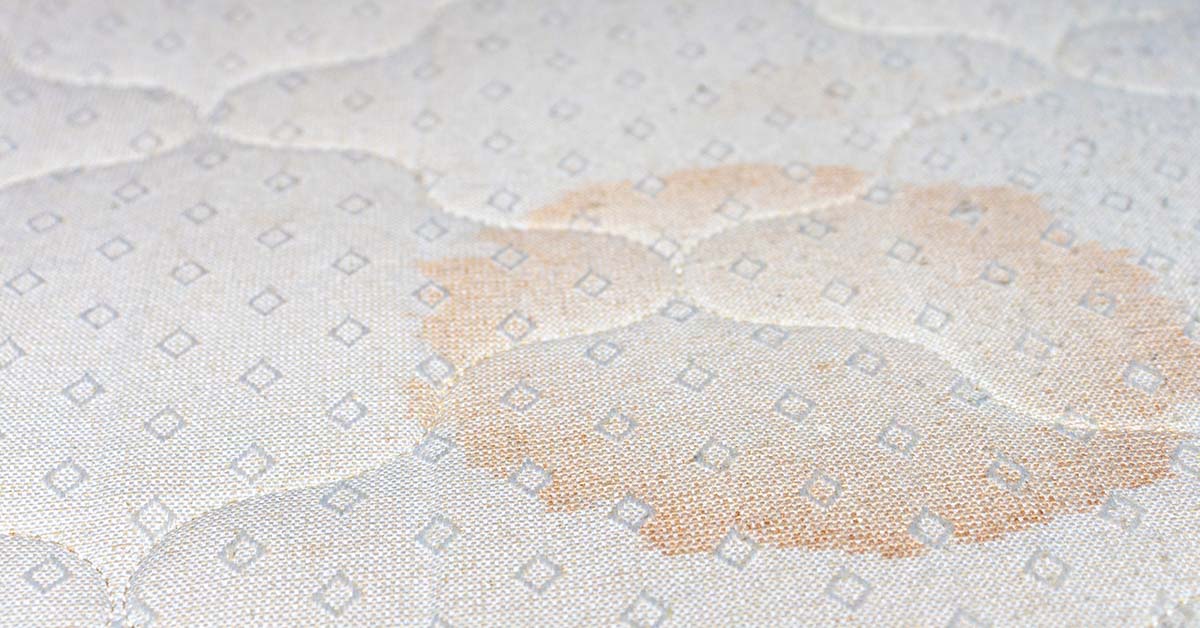
A Mom’s Expertise

Katelyn Fagan is a loving mom and wife with a successful business, offering cleaning advice and products to families, ensuring their homes are clean and organized. She shared a D-I-Y solution that she’s found to be effective at removing mattress stains.
How to Remove Mattress Stains
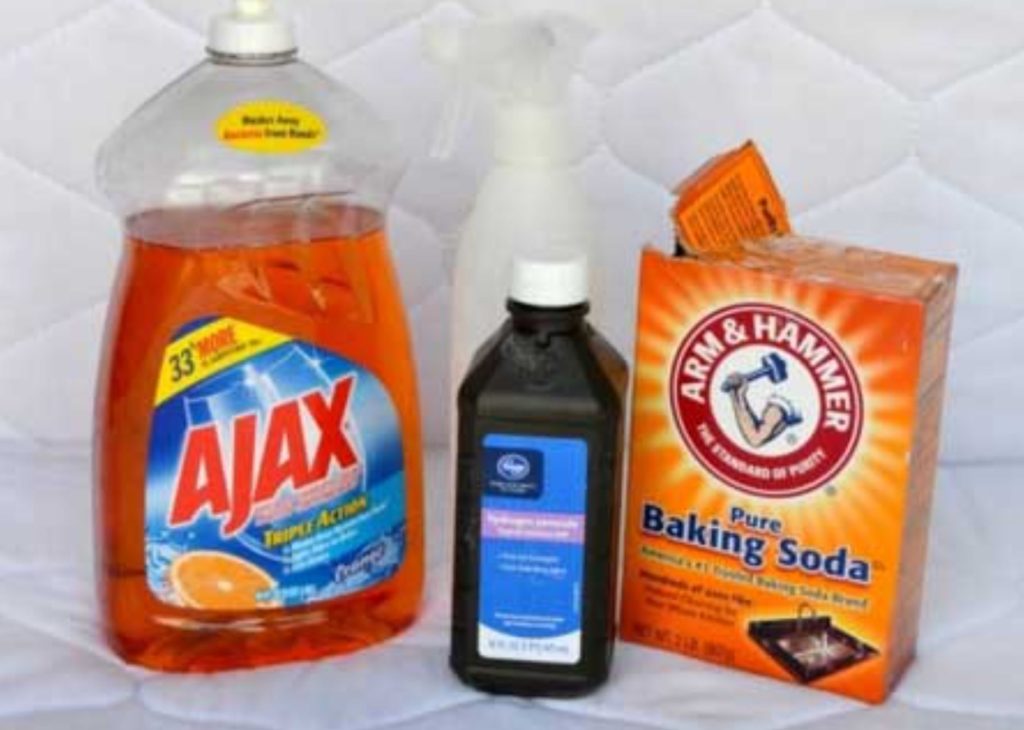
What You’ll Need:
Mix the ingredients and spray the mixture all over the mattress, focusing on stains. Let it dry then use a vacuum to remove any residue.
A Foundation’s Suggestions
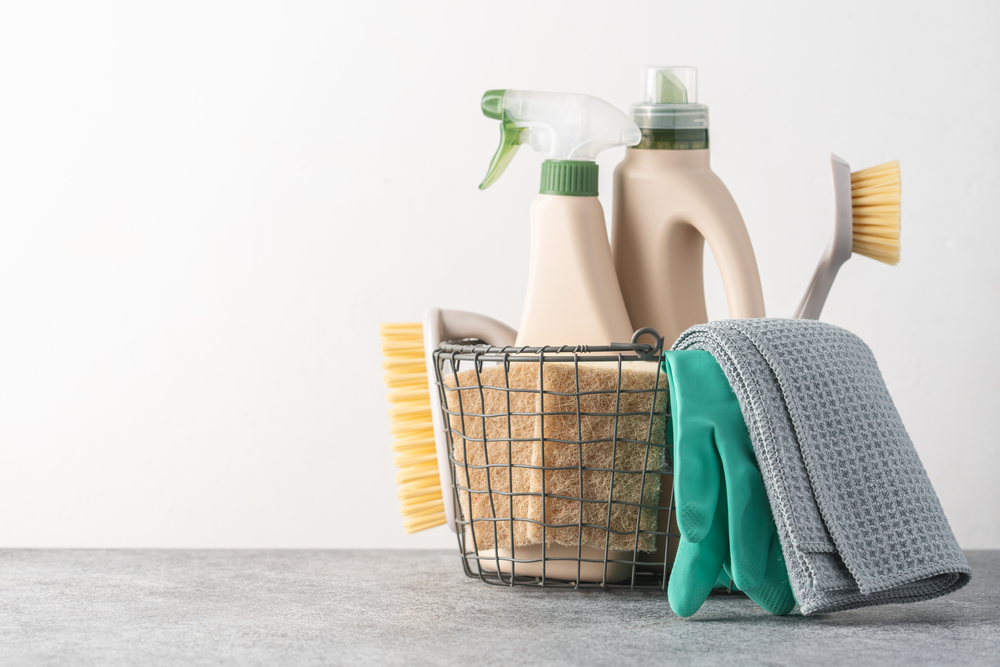
Katelyn’s advice is helpful but sometimes it can be tricky to remove stains without understanding their chemistry. However, the sleep foundation helped to break down some of these stains, sharing different formulas for difficult-to-remove mattress stains. They explain how to tackle new and old stains including blood, vomit, urine, wine, and coffee.
The first formula for removing mattress stains is good for “minor stains.” First, dab any remaining liquid with a light-colored rag to prevent “any color bleeding.” Don’t rub, as that can push the liquid further into the mattress. Use an enzyme cleaner like a store-bought stain remover, laundry detergent, or dish soap. More natural alternatives include white vinegar, hydrogen peroxide, and baking soda. Like Katelyn’s suggestion, it’s recommended to apply to the stained area, leave it to dry, and then vacuum away. Note the process may have to be repeated to ensure proper removal of the mattress stains. Additionally, let the mattress fully dry before use to avoid any mildew or mold growth.
Remove Mattress Stains like Blood and Urine
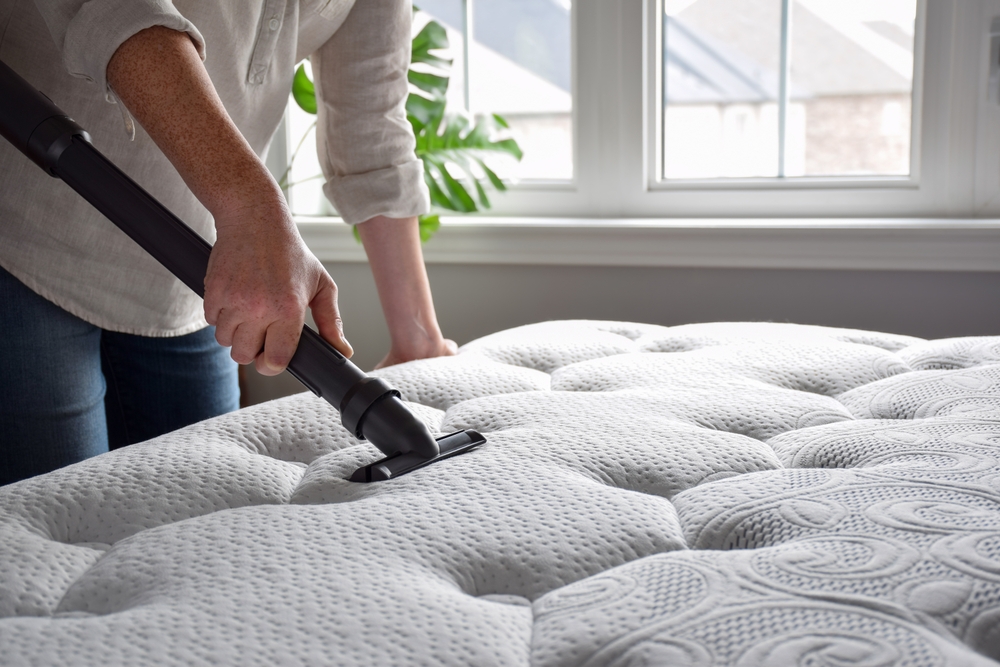
Next is removing mattress stains like bodily fluids. The good news is that fresh stains are easier to clean than old stains. As a result, blood can be removed by dabbing cold water on the spot.
Meanwhile, fresh urine may take a concoction of distilled vinegar and baking soda. Fill a spray bottle with equal parts water and vinegar. Dab the area to remove excess fluid, then add some baking soda. Allow the mixture to dry, then vacuum any remaining residue.
Removing Set-in Stains

Set-in stains are much harder to remove but are still possible with the proper cleaning power. For urine stains that have been set, refer back to Katelyn’s suggestions as the formulas and steps are the same.
On the other hand, blood that has set in may require a bit more involvement. An enzyme cleaner is recommended, but basic household ingredients may also be used. Hydrogen peroxide and baking soda can be used to make a paste.
Moreover, a toothbrush or other abrasive scrubbing tool may help remove mattress stains. However, it’s important to note something like steel wool may damage the mattress so a scrubbing brush is a better alternative. Additionally, gently rub from the outer part of the stain inward to prevent the stain from spreading. Lastly, blot any remaining liquid or residue and allow the mattress to dry before use.
Remove Mattress stains like Beverages

Beverages like coffee, tea, or wine can be complex to remove from clothing, let alone a large and bulky mattress. Fortunately, with fresh stains cold water, a little dish soap, and dabbing rather than rubbing will help remove the stain before it sets.
However, if the stains have already been set, something more involved may be necessary. Vinegar and dish soap work well to remove mattress stains like coffee or tea but it’s recommended to add some detergent and warm water to the mix if there’s also cream or sugar.
Red, Red Wine

Removing mattress stains like red wine is notoriously difficult. Fortunately, commercial stain removers are effective at removing mattress stains. Alternately, a mixture of salt, hydrogen peroxide, and dish soap may also work, but be sure to use cold water.
After removing excess liquid, blot cold water onto the stain, then cover it with salt and let it sit for at least a few minutes. Then, blot the salt with a light-colored cloth and cool water.
Tougher stains may take more time, and require extra steps:
It’s important to note that many of these solutions may work for things other than mattresses, such as clothing. However, hydrogen peroxide can ruin colors on clothing so avoid these solutions on materials and fabrics that aren’t white.
Lastly, An Unpleasant stain to Remove
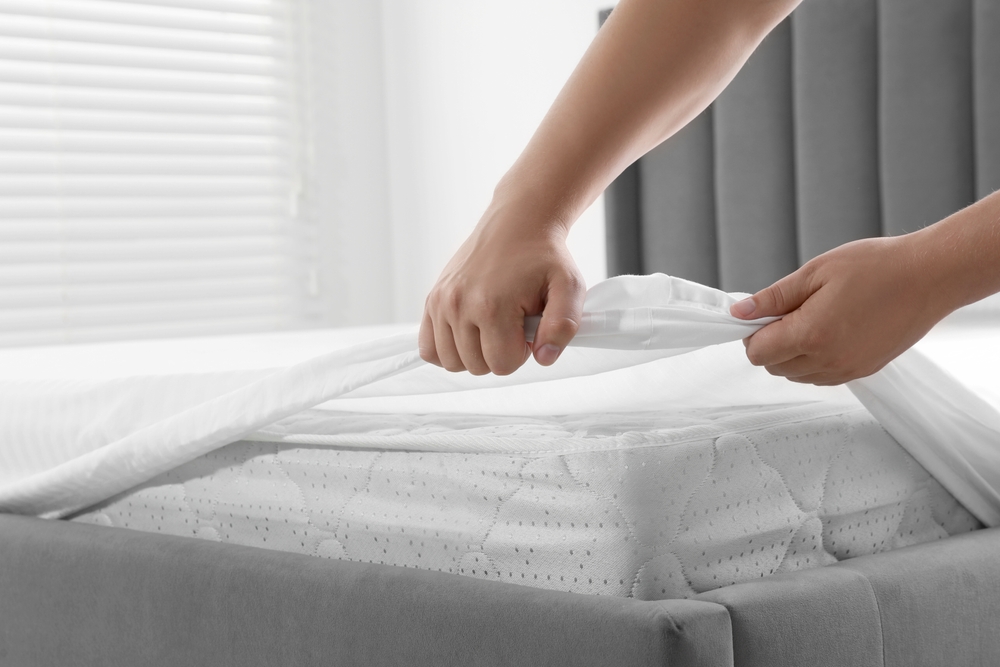
Although blood and urine aren’t fun stains to clean, another stain may take the cake for the epitome of gross—vomit. The unpleasant scent of vomit seemingly lingers, causing stomachs to turn every time someone lays down or, in extreme cases, enters the room. The challenge in removing the unwanted stains and odors is due to “various enzymes and acids.” Therefore, store-bought enzyme cleaners work well, but a homemade solution is also an option.
What You’ll Need:
Heavily spray the area and allow it to soak for 15-20 minutes. Next, blot away any residue and sprinkle baking soda over the area if the stain and smell are still noticeable. Allow it to set for at least 8 hours, and then vacuum. ALWAYS BLOT OR DAB rather than rub or push (this prevents the stain from further setting).




